Conservation is Syria is thriving
A guest blog by Nabegh Ghazal Asswad on behalf of the Syrian Society for the Conservation of Wildlife
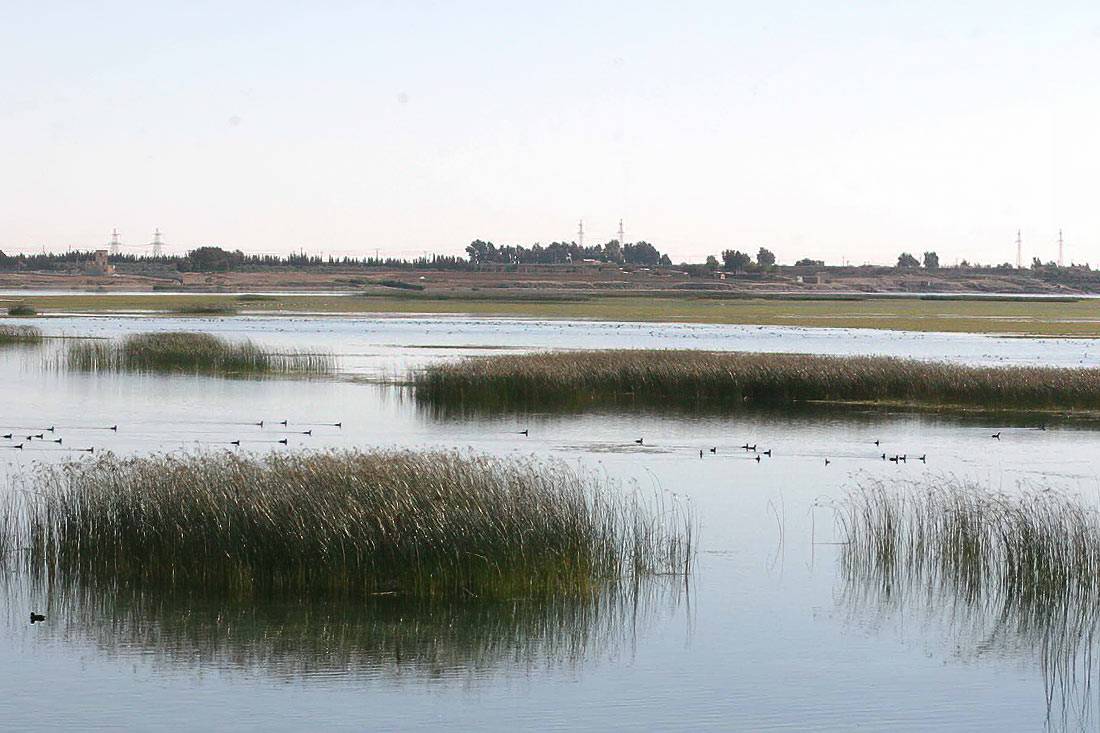
The Syrian Society for the Conservation of Wildlife (SSCW) is a Non-Governmental Organization (NGO), concerned with the conservation of biodiversity of Syrian ecosystems and their components, notably animals, plants, and all terrestrial, marine and fresh water organisms.
In an effort to contribute to the protection of threatened species such as the Syrian Serin and the Egyptian Vulture, SSCW with support from OSME and Birdlife International has planned and carried out several activities. For example the SSCW team made several site visits to look for the Syrian Serin during the peak of its breeding season in the south-west corner of Syria – west of Damascus city – near the towns of Zabadani & Bloudan – based on historical data and sightings of the bird as well as local knowledge of the area.
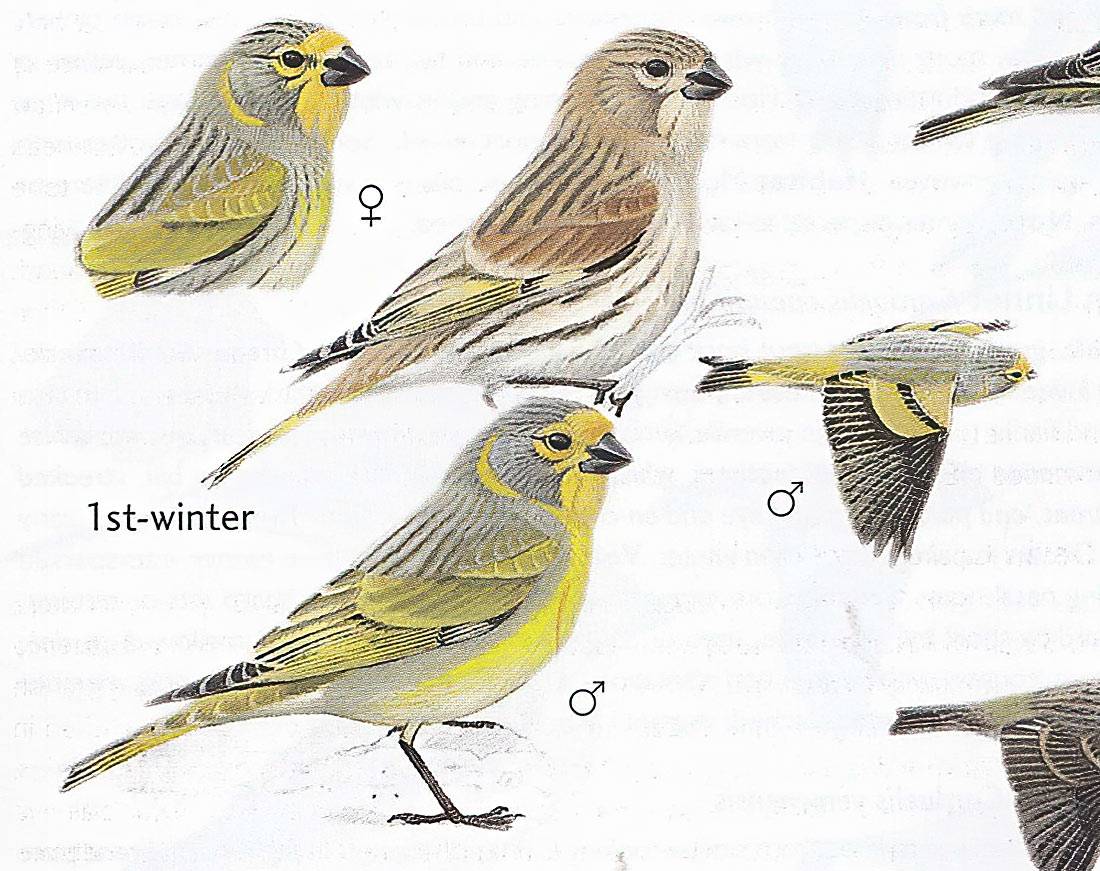
Furthermore, the SSCW team is organising counts on the soaring birds on migratory route especially to record the movements of the Endangered Egyptian Vulture on this important Flyway through the western part of the country, notably along the Anti-Lebanon Mountains and the Ghab Valley.
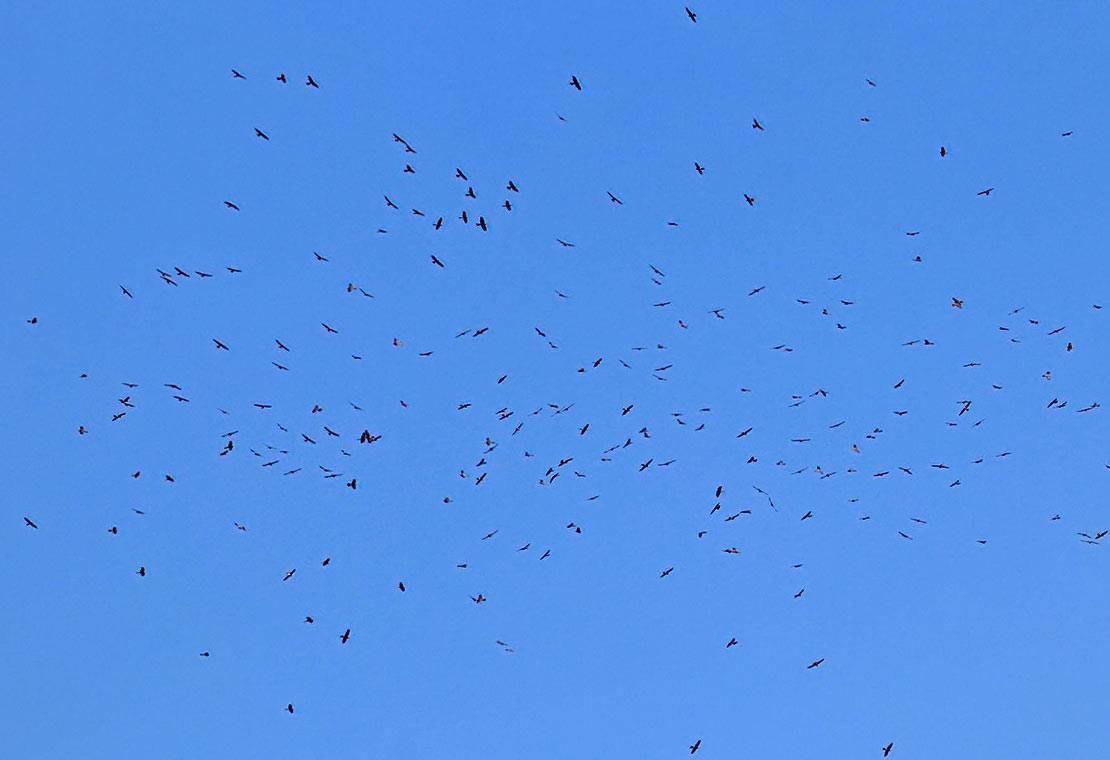
They are also assessing the threats that migratory birds are facing from Illegal Killing and hunting, poisoning, and electrocution (from power lines) and making representations to the Syrian authorities to advocate minimising these threats. This is part of the BirdLife programme for tackling illegal bird killing and the Migratory Soaring Bird project.
Informal communication and meetings with locals in the area have been initiated by SSCW in order to understand the threats that these species of interest are facing. Moreover, meetings with Policy Makers and other Stakeholders were planned to instigate advocacy actions and to raise awareness of the critical situation that these species might face.
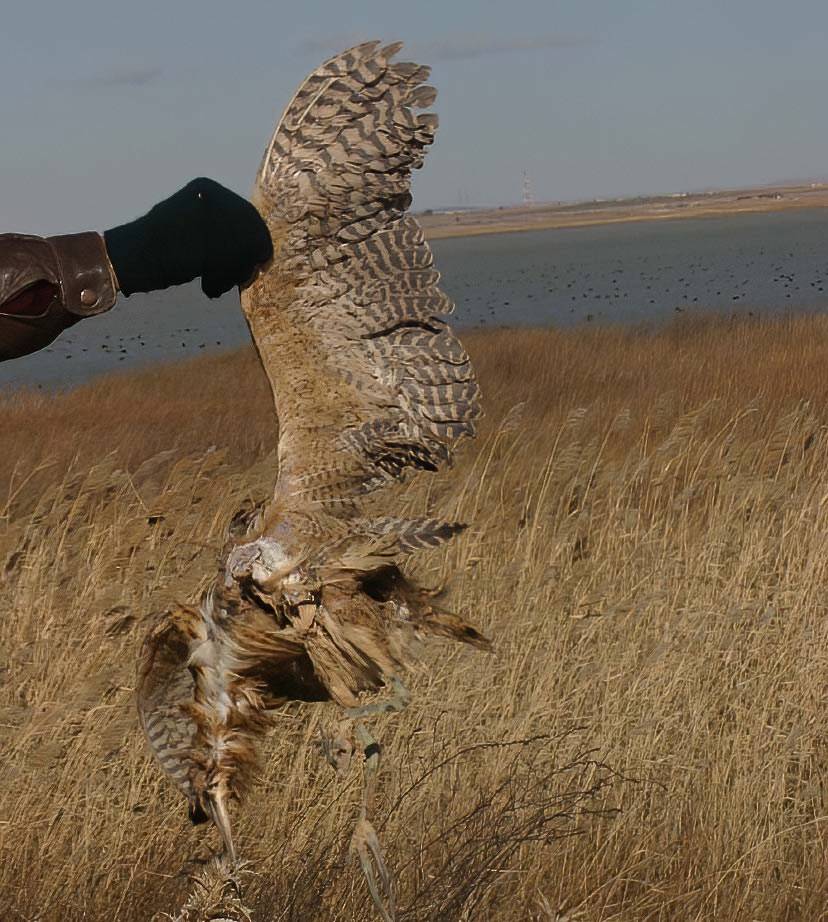
Recent fires that occurred recently in scattered sites of forests on the Syrian Coastal Mountains have caused much destruction of the natural ecosystems and to the livelihood of the local communities. The SSCW was one of the leading participants in the National Afforestation Campaign initiated by the Ministry of Agriculture and Agrarian Reformacting as a key adviser through its expertise on the rehabilitation of burnt forests in the Syrian coastal region. It has proposed an advisory paper as a working framework (Web-LINK) for the rehabilitation of these sites and for the restoration and regeneration of the natural forest sites that harbour and support a distinct wildlife diversity. SSCW firmly believes that the active engagement of the local communities in all of the ongoing projects, campaigns and plans is the corner stone to conserve Syrian wildlife and biodiversity.
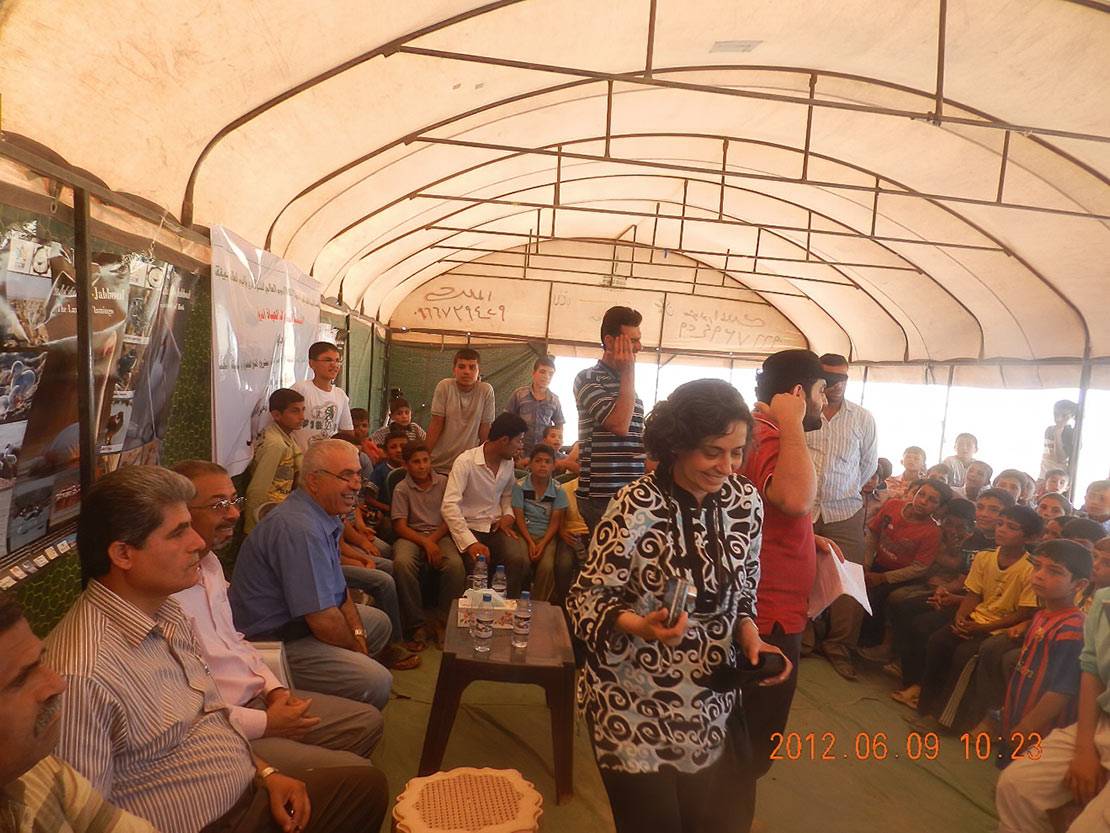
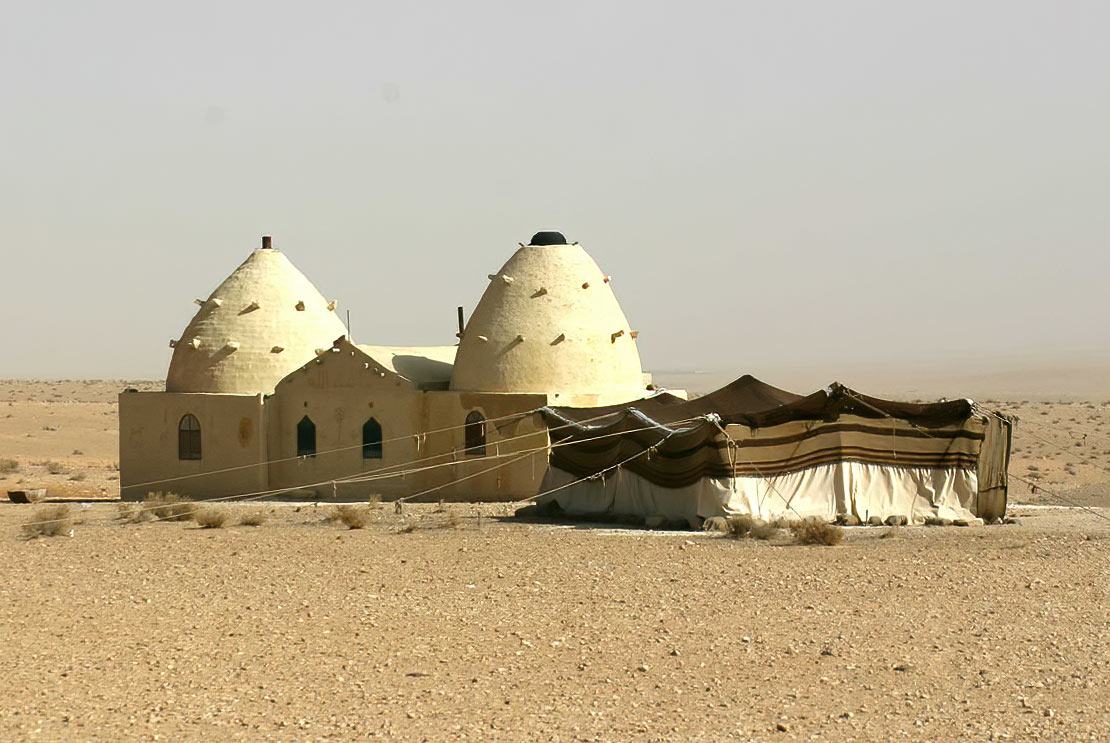
The Syrian Crisis has affected many of the local communities with much exodus internally and externally from the troubled parts of the country. SSCW and in an attempt to support the local community to restore their livelihood and return to their areas, carried out a project funded by the United Nations Development Program (UNDP) to aid the rural community in selected villages from Al-Jabboul lake (the only RAMSAR site in Syria), south east of Aleppo.
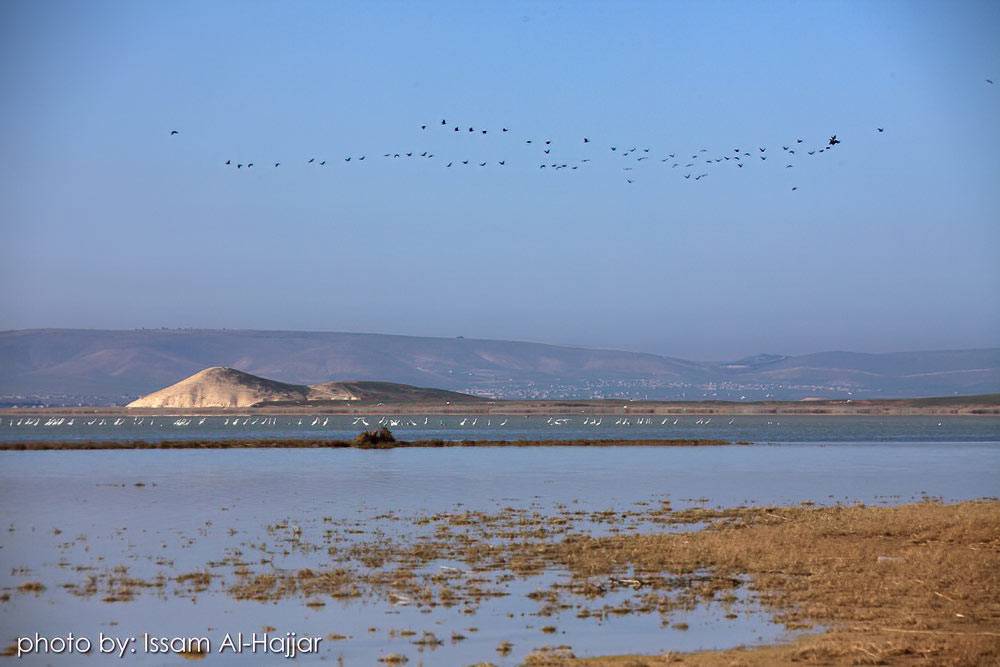
The project aimed at supporting the sustainable development of the local community targeting returnee farmers to the region to achieve economic autonomy in an eco-friendly manner that protects natural resources from depletion, and indirectly aims to advocate for preserving wildlife at the area. The project includes several sections namely:
- Planting thyme in the region and using the drip irrigation system.
- Beekeeping and honey production on a small scale.
- Preparing compost from household and agricultural waste.
- Traditional Mud House Restoration.
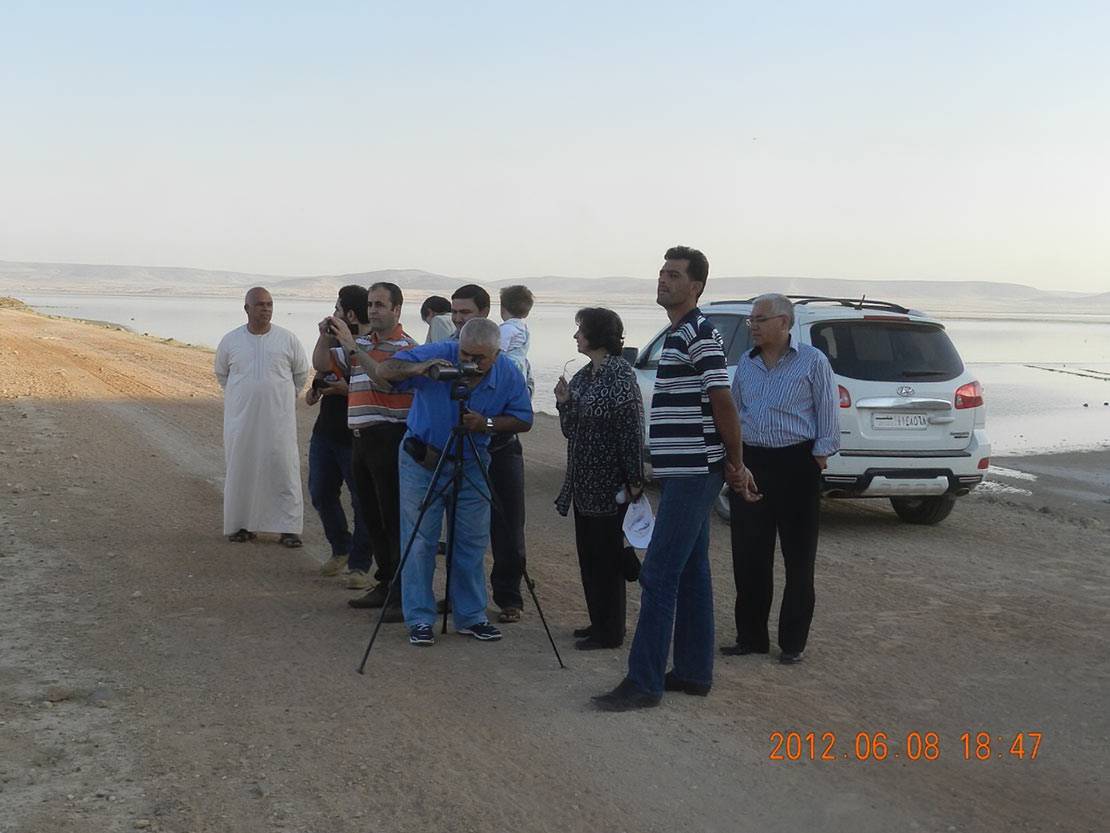
Bird watching has been a special activity as Syria has a wonderful range of habitats and exciting birds. However, SSCW has concentrated this activity on the Jabboul area to maintain a constant annual survey for the birds over the wintering season as well as to celebrate the World Migratory Bird Day which it has done annually. More recently, through the Global Birdwatching Weekend and with guidance and support from Rob Sheldon, SSCW has focussed on the Sociable Lapwing. A team was formed to make surveys of this endangered species and count birds at Al-Jabboul and its neighbouring areas. On 17 October 2020 they counted almost 10,000 birds of 60 species and all records were submitted to e-birds. At peak times, two days count during the wintering months could reach more than 20,000 birds back in 2008 & 2009. The site hosts more than 1% of the Global Population for the Greater Flamingo and in the past about 4,000 pairs regularly attempted to breed during the spring and summer.
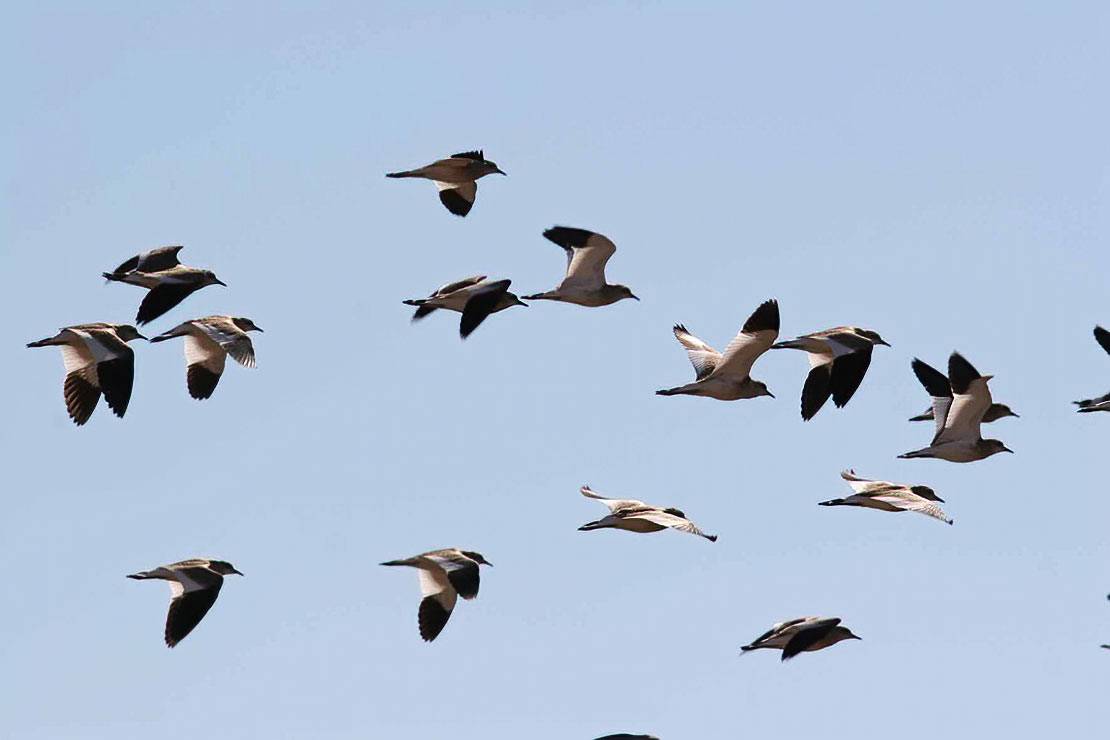
Furthermore, the SSCW continues its work to update the data of some of the national IBAs that are still accessible by SSCW members for the monitoring and surveys. In addition, SSCW held several consultation workshops in 2019 & 2020 to seek any further update for those IBAs in the Coastal, Eastern, Central and Southern areas of Syria. These workshops were attended by many stakeholders from other NGOs and national Departments as well officials from the Directorate of Biodiversity and Protected Areas in the Ministry of Local Administration and Environment as well as from the Forestry Directorate in the Ministry of Agriculture and Agrarian Reform.
At these workshops SSCW has highlighted the important role of NGOs and other institutes, including local communities, in updating our knowledge of Syria’s Important Bird and Biodiversity Areas. It has provided instructions on the data needed to be collected on birds, habitats and threats so there is constant national awareness of these important sites for biodiversity. The first list of IBAs in Syria was adopted by BirdLife International in 1994 and partially updated by SSCW in 2014.
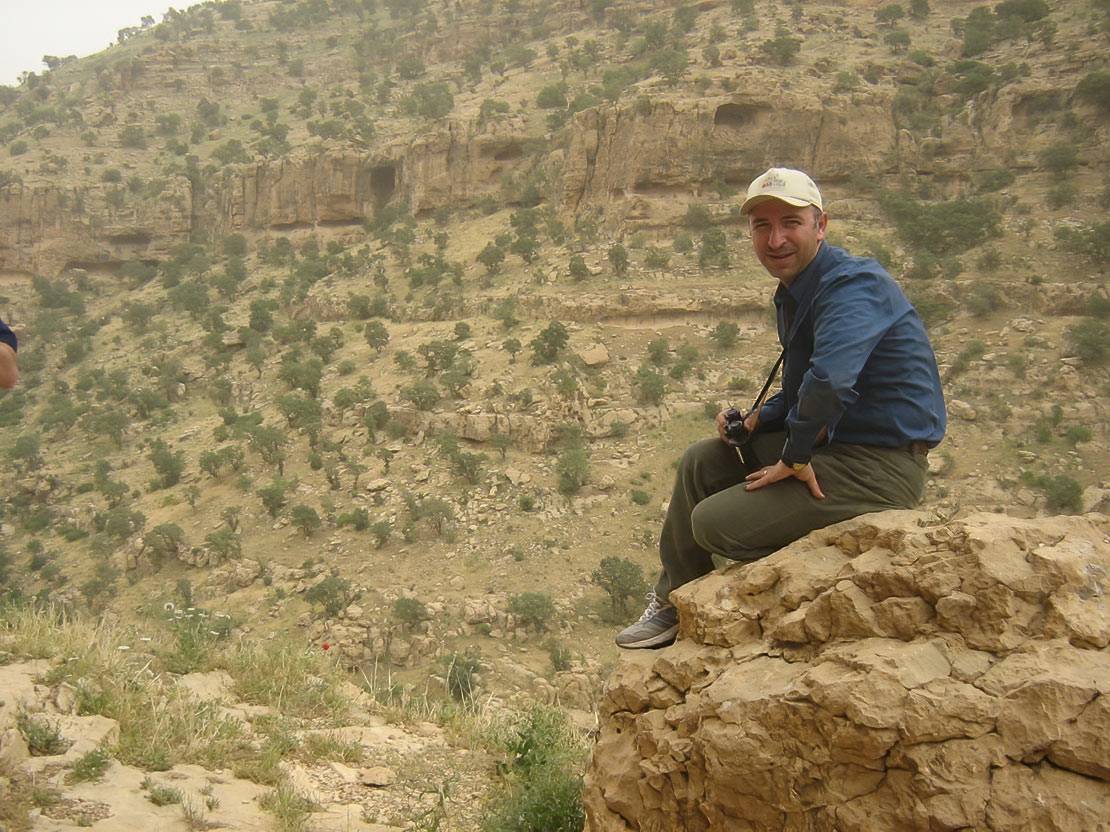
Nabegh Ghazal Asswad (nabegh.ghazal@gmail.com) is a past lecturer at the University of Aleppo, who chaired the SSCW from 2012 to 2017. He is an OSME Vice President and Eastern Population Regional Coordinator for AEWA Northern Bald Ibis Working Group.
Uncredited photographs provided by Richard Porter.
